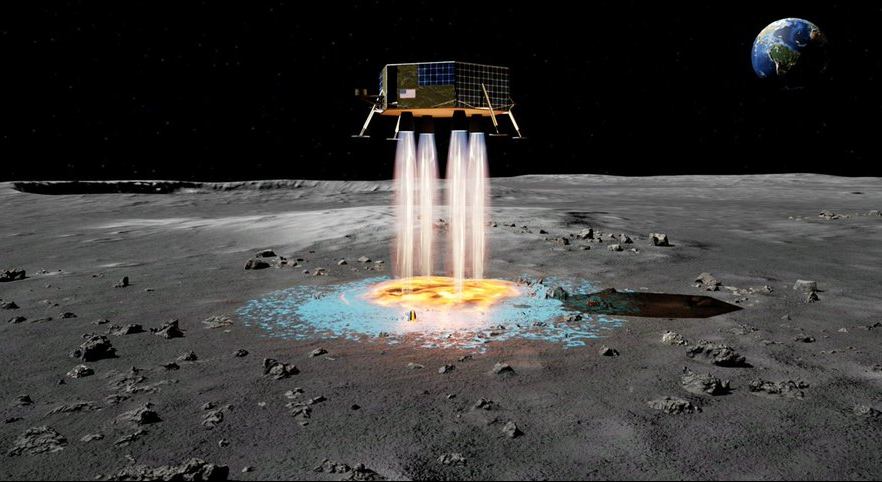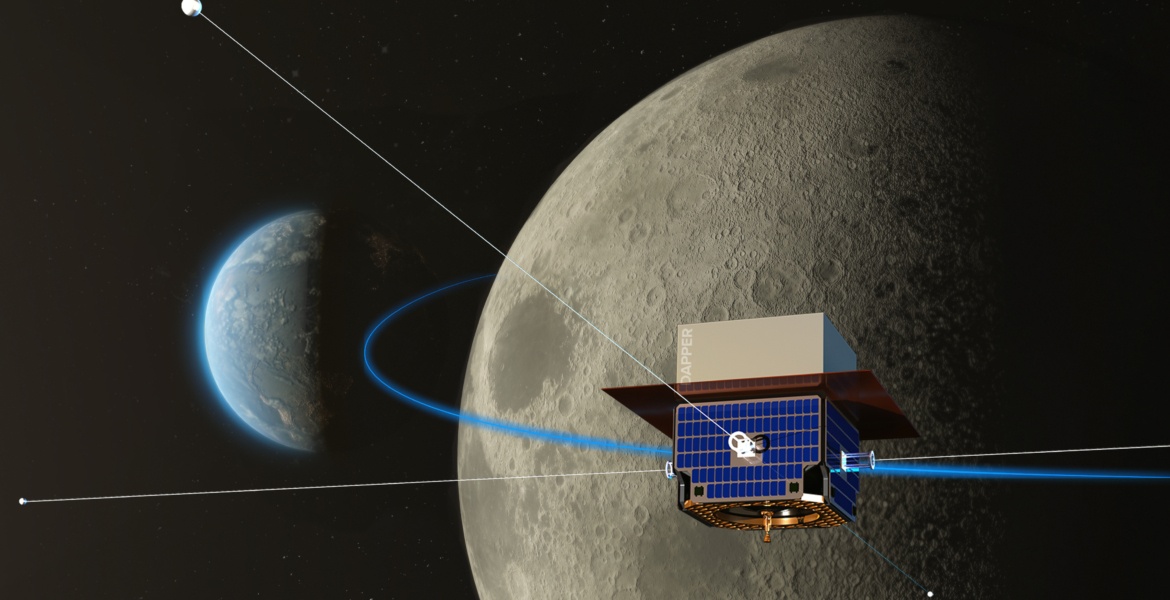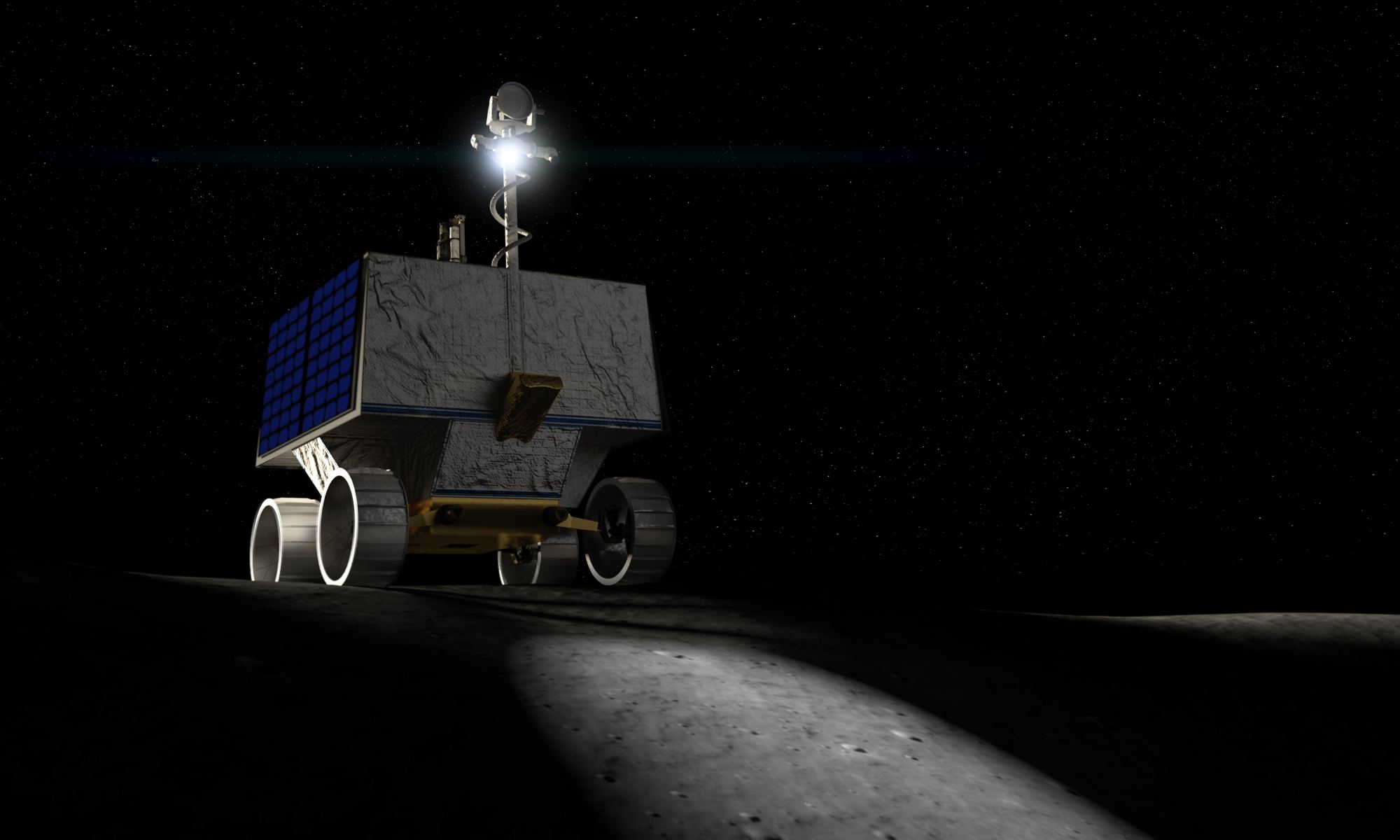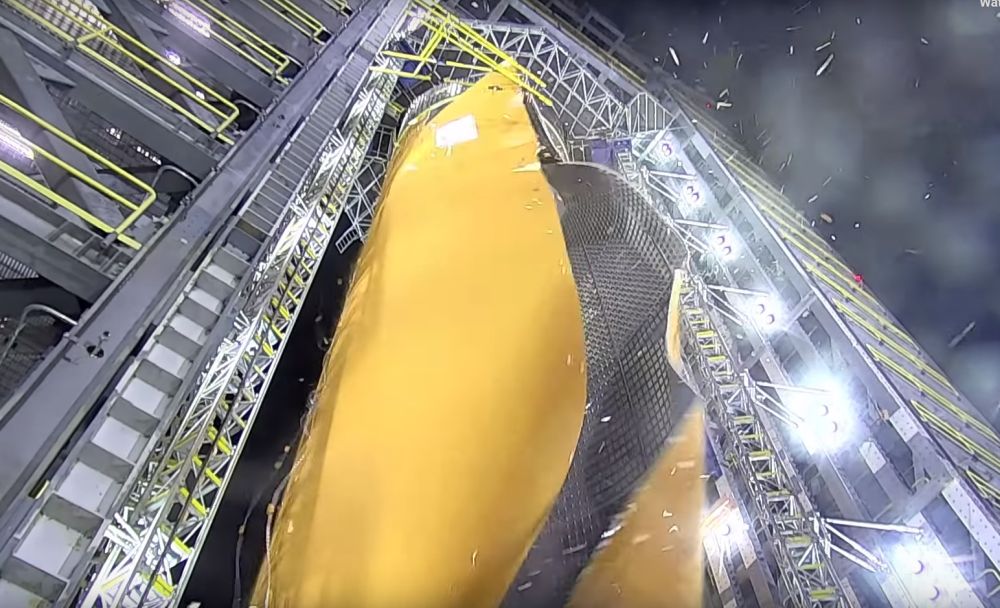Space exploration requires all kinds of interesting solutions to complex problems. There is a branch of NASA designed to support the innovators trying to solve those problems – the Institute for Advanced Concepts (NIAC). They occasionally hand out grant funding to worthy projects trying to tackle some of these challenges. The results from one of those grants are now in, and they are intriguing. A team from Masten Space Systems, supported by Honeybee Robotics, Texas A&M, and the University of Central Florida, came up with a way a lunar lander could deposit its own landing pad on the way down.
Continue reading “Lunar Landers Could Spray Instant Landing Pads as They Arrive at the Moon”NASA’s Human Space Exploration Division is Being Split in Two
Large government organizations require lots of people to run them. NASA is no exception. America’s space agency has long been under pressure to organizationally support its ongoing Artemis program to return to the moon. Now, it has taken a step in that direction by announcing that its Human Exploration and Operations Mission Directorate will split into two new ones: the Exploration Systems Development Mission Directorate and the Space Operations Missions Directorate.
Continue reading “NASA’s Human Space Exploration Division is Being Split in Two”Shadows on the Moon Could be Hiding Water, Even in the Daytime
Shadows have been known throughout history to be excellent hiding places. They may even be hiding unexpected things off the Earth as well. According to a new NASA study, there might be water that moves from shadow to shadow on the moon – even in daylight.
Continue reading “Shadows on the Moon Could be Hiding Water, Even in the Daytime”Self-Driving Lunar Rovers for Astronaut Road Trips on the Moon
What happens when you cross one of the world’s largest defense contractors with one of the world’s largest automobile manufacturers? Apparently, you get an electrically powered autonomous lunar rover. At least that is the fruit of a new collaboration between Lockheed Martin (LM) and General Motors (GM).
Continue reading “Self-Driving Lunar Rovers for Astronaut Road Trips on the Moon”How do you get Power into Your Lunar Base? With a Tower of Concrete Several Kilometers High
It sounds like science fiction, but building an enormous tower several kilometers high on the Lunar surface may be the best way to harness solar energy for long-term Lunar exploration. Such towers would raise solar panels above obstructing geological features on the Lunar surface, and expand the surface area available for power generation.
Continue reading “How do you get Power into Your Lunar Base? With a Tower of Concrete Several Kilometers High”New Radio Telescope Is Going to Fly to the Far Side of the Moon to Listen to the Signals From the Early Universe
The phrase “silence is golden” is even more important for radio astronomers. The sheer amount of radio output created by humans can drown out any interesting signal from the heavens that they might wish to study. Those signals are also partially blocked by Earth’s atmosphere, adding more complexity to the challenge.
The obvious solution to the atmosphere problem is to launch space based observatories, and that has been done in the past. However, in near Earth orbit the radio waves emitted from radio stations all around the world can still blast any radio receiver with an unwanted deluge of signals. So scientists have come up with a novel idea to get the silence they so crave: park a probe on the far side of the moon.
Continue reading “New Radio Telescope Is Going to Fly to the Far Side of the Moon to Listen to the Signals From the Early Universe”Canada is Going to be Building Canadarm3 for the Artemis Missions
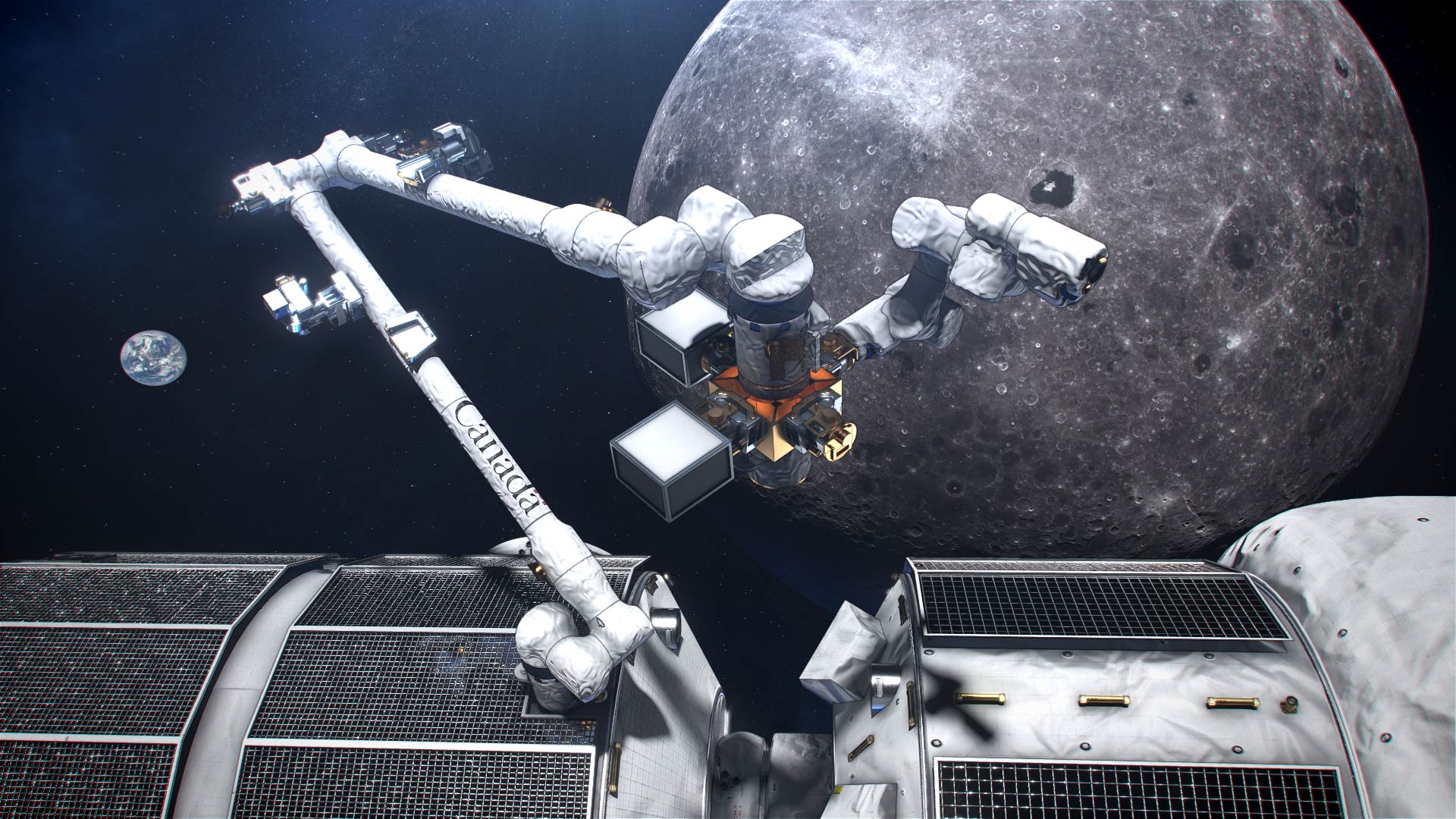
When you need a robotic arm in space, you call in the experts. Over the past several decades, the Canadian Space Agency has expertly provided robotic arms for the Space Shuttle and International Space Station. And now it will build the next-generation of robotic systems for going to the Moon, called Canadarm3.
Continue reading “Canada is Going to be Building Canadarm3 for the Artemis Missions”Comparing Mountains on the Moon to the Earth’s Peaks
NASA’s Artemis Program is planning to land astronauts on the Moon’s south pole. To prepare for this, NASA’s Solar System Exploration Research Virtual Institute (SSERVI) is creating the Lunar South Pole Atlas (LSPA). As part of that Atlas, NASA is mapping the topography of the region, including the mountains.
Continue reading “Comparing Mountains on the Moon to the Earth’s Peaks”NASA is Planning to Build a Lunar Rover With a 1-Meter Drill to Search for Water Ice
Meet VIPER, NASA’s new lunar rover, equipped with a drill to probe the Moon’s surface and look for water ice. VIPER, or Volatiles Investigating Polar Exploration Rover, will carry a one-meter drill and will use it to map out water resources at the Moon’s south pole. It’s scheduled to be on the lunar surface by December 2023, one year later than it’s initial date.
Continue reading “NASA is Planning to Build a Lunar Rover With a 1-Meter Drill to Search for Water Ice”Watch NASA Test an SLS Tank to Destruction
By the time a rocket actually launches, it’s components have been through a ton of rigorous testing. That’s certainly true of NASA’s SLS (Space Launch System) which is the most powerful rocket ever built. That’s right, something is finally going to surpass the Saturn V, the rocket that took Apollo astronauts to the Moon.
Continue reading “Watch NASA Test an SLS Tank to Destruction”
